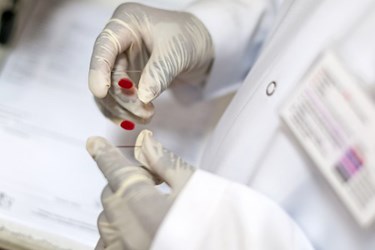Stem Cell Research ‘Holy Grail' Uncovered, Thanks to Zebrafish

With help from the zebrafish, a team of Australian researchers has uncovered how hematopoietic stem cells (HSC) renew themselves, considered by many to be the ‘holy grail’ of stem cell research.
HSCs are a significant type of stem cell present in the blood and bone marrow. These are needed for the replenishment of the body’s supply of blood and immune cells. HSCs already play a part in transplants in patients with blood cancers such as leukemia and myeloma. The stem cells are also studied for their potential to transform into vital cells including muscle, bone, and blood vessels.
Understanding how HSCs form and renew themselves has potential application in the treatment of spinal cord injuries, degenerative disorders, even diabetes. Professor Peter Currie, of the Australian Regenerative Medicine Institute at Victoria’s Monash University, led a research team to discover a crucial part of HSC’s development. Using a high-resolution microscopy, Prof. Curie’s team caught HSCs on film as they formed inside zebrafish embryos. The discovery was made while the researchers were studying muscle mutations in the aquatic animal.
“Zebrafish make HSCs in exactly the same way as humans do, but what’s special about these guys is that their embryos and larvae develop free living and not in utero as they do in humans. So not only are these larvae free-swimming, but they are also transparent, so we could see every cell in the body forming, including HSCs,” explained Prof. Currie.
While playing the film back, the researchers noticed that a ‘buddy cell’ came along to help the HSCs form. Called endotome cells, they aided pre-HSCs to turn into HSCs. Prof. Currie said, “Endotome cells act like a comfy sofa for pre-HSCs to snuggle into, helping them progress to become fully fledged stem cells. Not only did we identify some of the cells and signals required for HSC formation, we also pinpointed the genes required for endotome formation in the first place.”
The next step for the researchers is to locate the signals present in the endotome cells that trigger HSC formation in the embryo. This can help scientists make different blood cells on demand for blood-related disorders. Professor Currie also pointed out the discovery’s potential for correcting genetic defects in the cell and transplanting them back in the body to treat disorders.
The team’s work was published in the international journal Nature.
